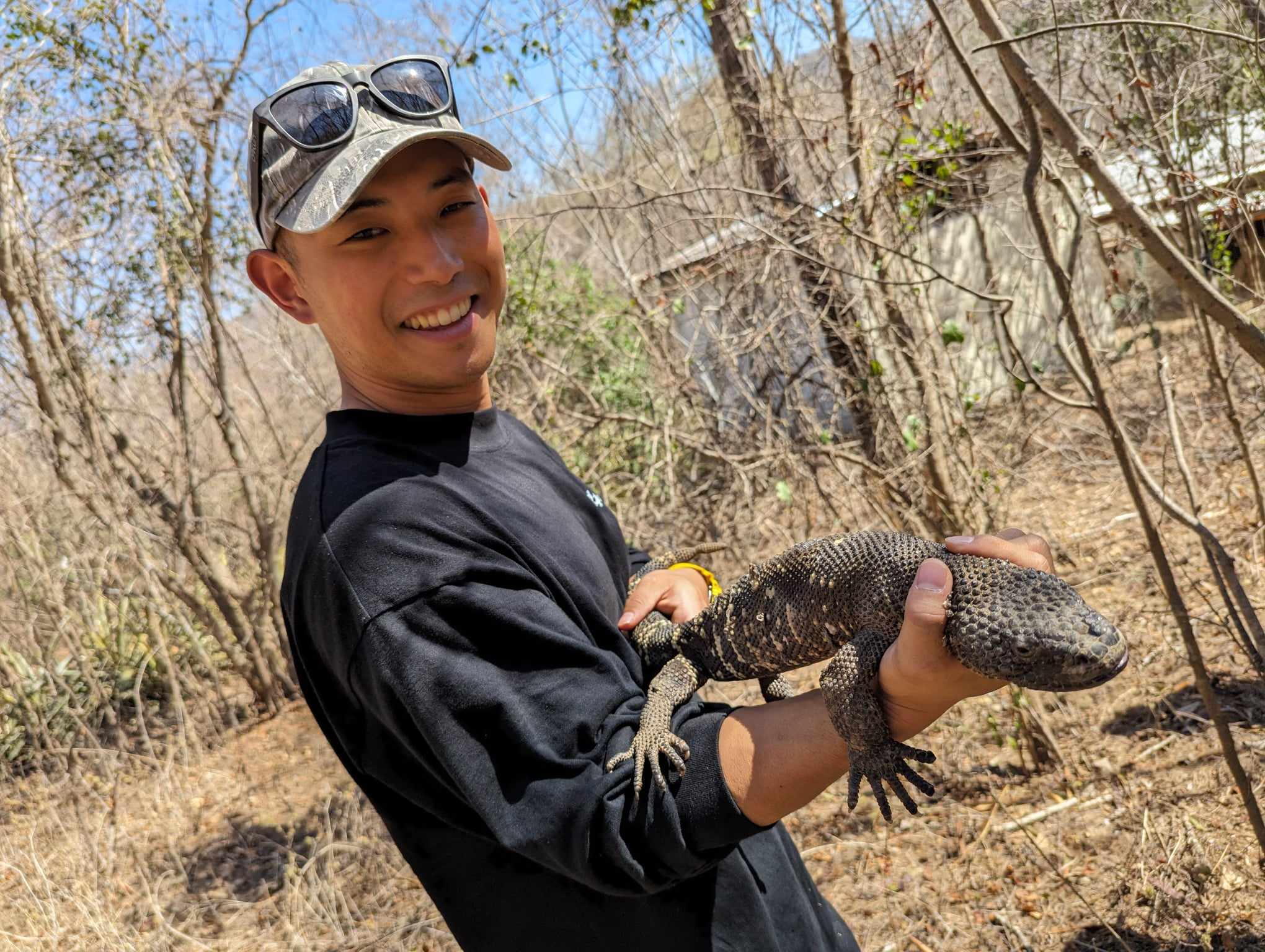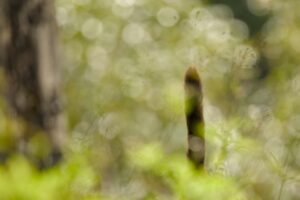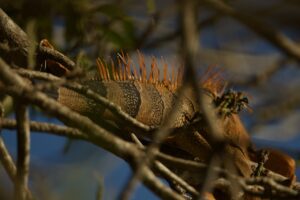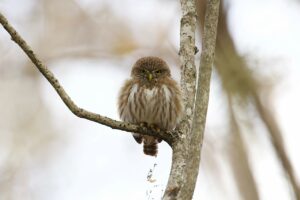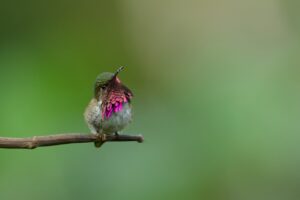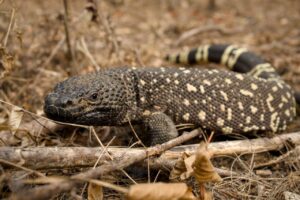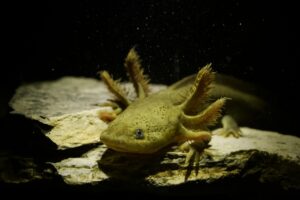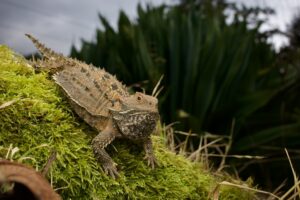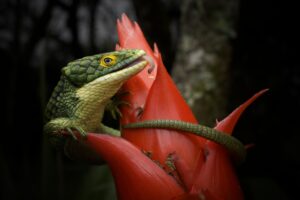Introduction
Halcyon Giant Centipede(Scolopendra Alcyona)
In a groundbreaking discovery, researchers have identified a new species of giant centipede in Japan, marking a momentous event in the field of entomology. This remarkable creature, belonging to the Scolopendra genus, thrives in the lush forests along streams on various islands, including Okinawa, Kume, Iriomote, Ishigaki, and Tokashiki, as well as in Taiwan.

Naming and Mythical Roots:
Scientifically named Scolopendra alcyona, this centipede’s species name derives from the Greek myth of Alcyone, a woman transformed into a kingfisher by Zeus. Drawing inspiration from Okinawan folklore, where the sea-dwelling dragon god fears centipedes and sailors used centipede flags for safe voyages, the species is aptly named “Ryujin Oomukade” in Japanese, meaning “Dragon God Giant Centipede.”
Local Recognition and Formal Naming:
Locally known as “Yanbaru Oomukade” among enthusiasts, this species gained formal recognition and a proper taxonomy through the efforts of research teams, including those from Hosei University. The investigation not only focused on its ecological habits but also involved morphological and genetic analyses, confirming its classification as a new species in 2021.
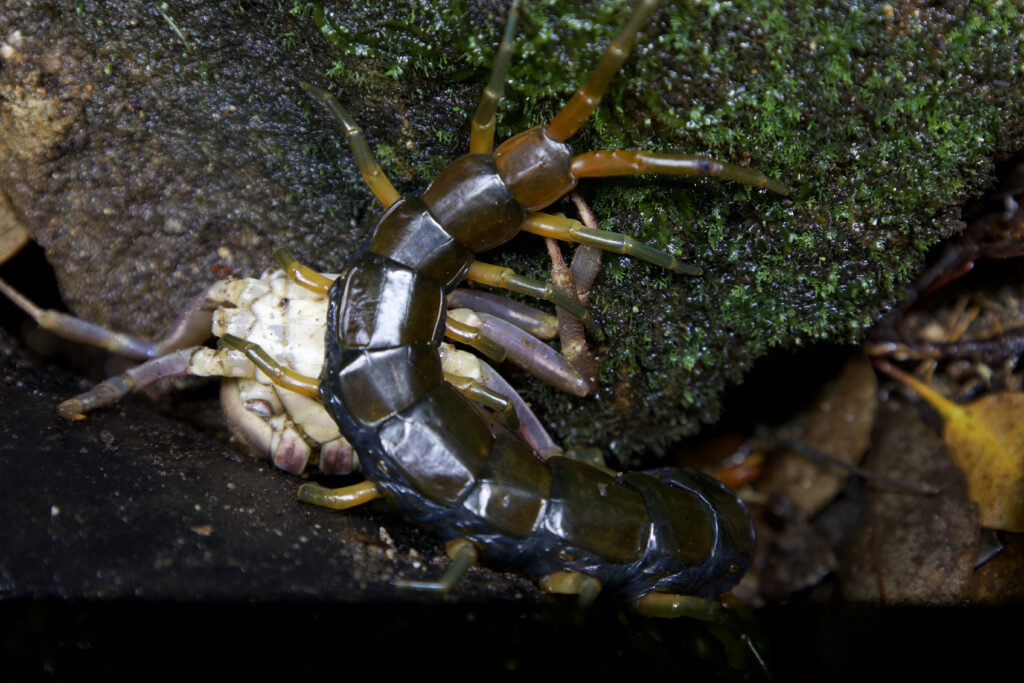
Conservation and Legal Designation
Due to its uniqueness and potential conservation concerns, this centipede, along with other species, was urgently designated under the Wildlife Protection Act from July 1, 2021, to address potential threats. Consequently, capturing, selling, and transferring these centipedes are strictly prohibited until 2024.
Morphology and Ecology
Boasting the largest size among centipedes in Japan and Taiwan, with a length of approximately 20 cm and a width of about 2 cm, this centipede showcases a stunning jade-green coloration. As the third known semi-aquatic centipede globally, it exhibits a fascinating behavior of diving into water when sensing danger and preying on aquatic organisms, including Japan’s largest river shrimp, the “Konjin Tenagaebi.”

Conclusion:
The discovery of Scolopendra alcyona not only enriches our understanding of the biodiversity in the region but also emphasizes the need for comprehensive conservation efforts in the 21st century. As we marvel at the ecological wonders of this giant centipede, we’re reminded of the intricate balance within our ecosystems and the importance of preserving these natural treasures.

